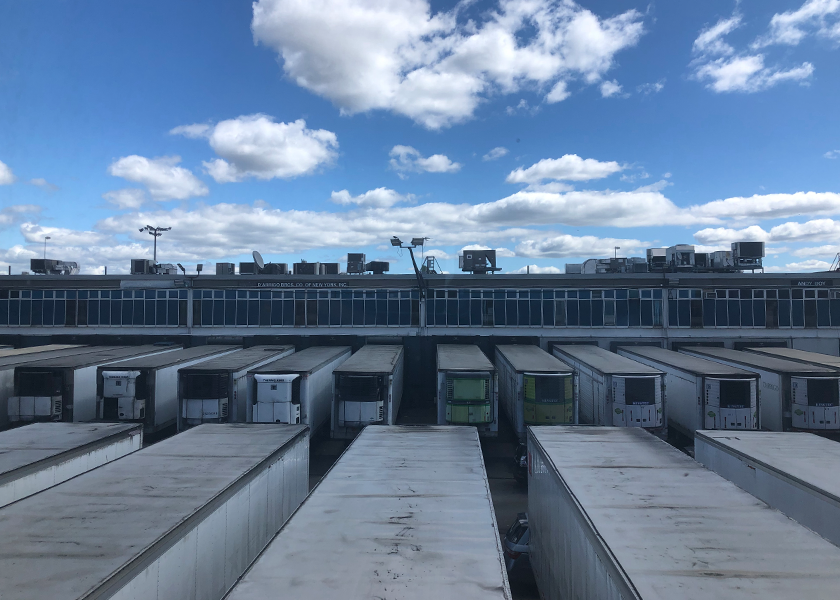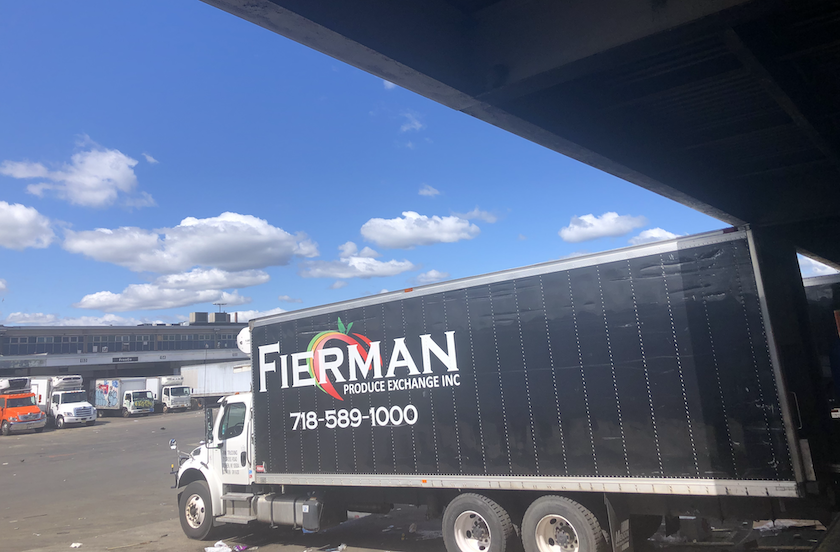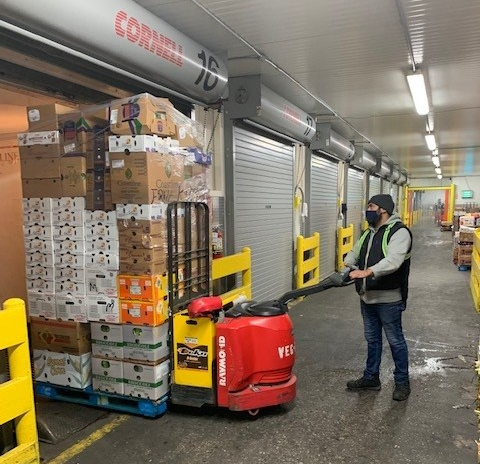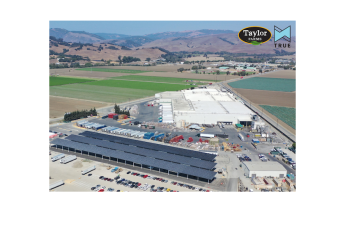How Hunts Point weathers the storms, the sunny days

BRONX, N.Y. — You might think weather affects mostly the farmer in the produce supply chain, but Hunts Point Produce Market wholesalers and distributors watch the weather closely too.
Any challenge in the industry is intensified at this Bronx wholesale food hub, with its dense, urban population, aging infrastructure and lack of physical space to grow.
In 2021, there have been flooding rains, and a snowstorm causing a governor-declared state of emergency, which closed the market gates to buyers — quite a rare occurrence.
At the start of the year, there was a labor strike when the Teamsters Local 202 labor union’s three-year contract ended, and they debated a pay and benefits increase.
And the COVID-19 pandemic and its domino effect of challenges lingers on indefinitely, causing supply and labor shortages with increased prices.
Fortunately, these big-city produce professionals are expert problem-solvers, accustomed to pivoting quickly to keep food moving toward about 9% of expectant mouths in the U.S., all within a 50-mile radius in the metropolitan tri-state region and beyond.
“The market is this huge organism. Everything is connected: labor, snowstorms. We have to stay open. We are an integral part of the city and region — the highways, food, politics,” said Phillip Grant, market CEO and general manager. “If you’re eating an apple here, it’s likely it came through this market.”
Market needs
Hunts Point needs an update to its infrastructure, toll revenue system, sewers and phone systems, Grant said.
The market was built in 1967 with railway logistics in mind, when 53-foot trailer trucks didn’t exist, so traffic patterns have become more congested. But the Sheridan Boulevard flyover project was completed by 2019, and a Hunts Point project is underway to provide direct access to the Hunts Point Produce Market from both the Bruckner Expressway and the new Sheridan Boulevard.
More than 78,000 vehicles travel to the Hunts Point peninsula of the Bronx daily — including 13,000 trucks using local roads, according to a news release from the office of Bronx borough president Ruben Diaz Jr.
“The market is one of the largest wholesale food distribution centers in the world,” according to the release. “The highway redesign will take traffic off local roadways, significantly reducing both noise and air pollution in a borough with some of the highest asthma rates in the country.”
Traffic is getting better, and there will be easier access to the market for big trucks without having to battle local commuter traffic.

Produce suppliers, brokers and distributors need any help they can get, as there is more than enough challenge with trucking and transportation, given the labor shortage and skyrocketing freight rates.
Trying to get truck drivers into the market is even more of a challenge than it was in 2020, said Lou Getzelman Jr., vice president of Hunts Point-based Canyon Sales Co. The company brokers GPOD of Idaho potatoes, as well as onions nationwide, including the nearby bountiful harvest of Minkus Family Farms in New York.
“We used to spend the day trying to get orders. Now we spend the day trying to get the trucks — because if you can’t get the truck, you can’t get the order,” he said.
The railroad needs more conductors too and is offering a lot of hiring incentives, like sign-on bonuses.
“We need them. It’s vital,” Getzelman said.
The first loads of the GPOD crop landed at Hunts Point by the end of September and they look good.
“It’s a really good harvest, and we expect it to be a really good year, product-wise,” he said. “Despite the challenges of the pandemic, our business has nearly doubled since I started in January 2020. Hence, why we need more trucks.”
The pallet situation hasn’t changed much, despite the leveling lumber prices, Getzelman said.
While labor shortages are felt industrywide, drivers have been the hardest position to fill, said Stefanie Katzman, executive vice president of S. Katzman Produce.
“With all the new businesses popping up with delivery service, that took some of the labor pool of local drivers, but also, the increase of goods shipped around the country because of shortages of raw material,” she said. “More is being transported, so of course, pricing is going up. A truck I’d pay $8,000 for, now I pay $12,000.”
Demand
Demand for product hasn’t totally returned to pre-pandemic levels, but as traveling picks up, and hotels and big events come back, Katzman expects that to be the last push to get foodservice back.
“We’re continually seeing demand shift. It comes back in different spots,” Katzman said.

Michael Armata, buyer and part of management for E. Armata Fruit & Produce at Hunts Point, said because of all the supply chain issues, people have learned to go without certain items.
“There will always be staples, but if the quality isn’t right or price isn’t right, they shy. They’ll get a different product in the same category and fill the shelf with that until they’re comfortable,” Armata said.
Before, they’d make sure they had that exact item and maybe buy it somewhere else if they didn’t have it.
“It’s more commodity-driven than exact items,” he said.
Business has picked up for Armata, which makes the labor shortage even more acute. The company can’t take on all the customers available.
“We’d love to do more, but right now may not be the time, because we need the extra help and we may not be able to serve them the right way,” Armata said. “Even fruit vendors on streets in Manhattan are short on help.”

Restaurants have limited their menus and their opening hours.
The uncertainty with COVID-19 outbreaks and the economy has customers buying more frequently at lower amounts, he said.
“When the news talks about a COVID spike, it can really change the business in a restaurant or store in that area,” Armata said.
The company’s trucks that used to have 20 types of items now have 120 types: less of each product but all of it at once, more often.







